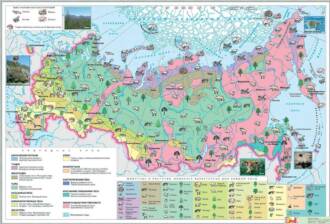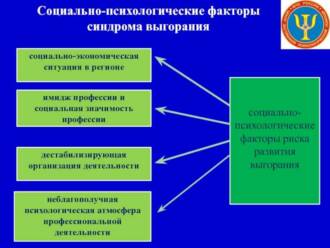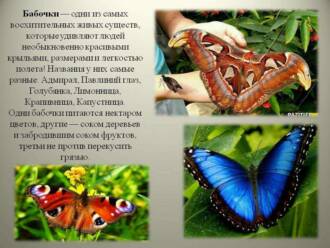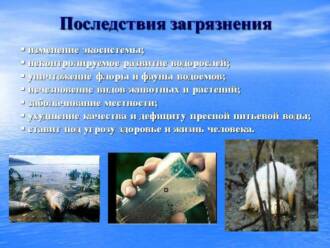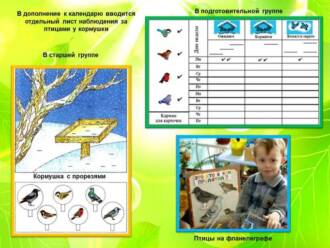
Butterflies are one of the most beautiful and amazing creatures of nature. They attract attention with their bright wings and graceful flight. However, many species of butterflies are endangered due to the loss of their natural habitats and environmental pollution.
In this regard, protected areas have been created in many countries, where they try to preserve the diversity of butterflies and their habitats. Protected areas provide butterflies with a safe place to breed and feed, and also contribute to the conservation of their population.
One example of such protected areas are national parks and reserves. They create special conditions for the life of butterflies, including a variety of plants that serve as a food source for larvae and adults. In addition, activities are carried out to educate and inform the public about the importance of conserving butterflies and their habitats.
How can you help conserve butterfly diversity? It is important to support protected areas, visit them and participate in environmental activities. You can also create your own butterfly gardens on your yard or balcony by planting plants that attract butterflies. It is also important to avoid the use of pesticides and other chemicals that can harm butterflies and their habitats.
Significance of protected areas

Protected areas play an important role in preserving the diversity of butterflies and maintaining the ecological balance in nature. These territories provide unique conditions for the habitat and reproduction of various species of butterflies.
Variety of species. Protected areas provide habitat for many different species of butterflies. Here they can find suitable conditions for their development, nutrition and reproduction.
Conservation of rare species. Some species of butterflies are rare and endangered due to habitat loss and the negative impact of human activities. Protected areas ensure the protection and conservation of these rare species of butterflies.
ecological role. Butterflies play an important ecological role in nature. They are pollinators of many plants and contribute to their reproduction. Thanks to this, protected areas contribute to the maintenance of biological diversity and the health of the ecosystem as a whole.
educational value. Protected areas also have educational value. There are guided tours, nature lessons and other activities that help people learn more about the world of butterflies and their importance to the environment. It promotes environmental awareness and respect for nature.
Butterfly biodiversity and its threats
Butterflies are one of the most diverse groups of insects on the planet. There are over 18,000 species of butterflies in the world, each with unique features and beauty. They play an important role in ecosystems, serving as plant pollinators and as a source of food for many animals.
However, butterfly biodiversity is under various threats. One of the main reasons for the decline in the number and diversity of butterflies is the loss of their natural habitats. Deforestation, destruction of natural biotopes and development of territories lead to a decrease in the areas where butterflies can exist. This leads to a reduction in populations and even the extinction of individual species.
Another threat to butterflies is the use of pesticides in agriculture. They can affect not only harmful insects, but also beneficial ones, including butterflies. Pesticides can adversely affect the development and survival of their larvae and adults, as well as the quality of food plants that serve as a food source for butterflies.
To preserve the biodiversity of butterflies, it is necessary to take measures to protect their habitats, as well as to limit the use of pesticides. The creation of protected areas, where deforestation and destruction of natural biotopes will be prohibited, will allow preserving and restoring populations of various species of butterflies. It is also important to carry out information campaigns and educational programs to raise public awareness of the importance of butterflies and their conservation.
Protected areas in Russia
reserves
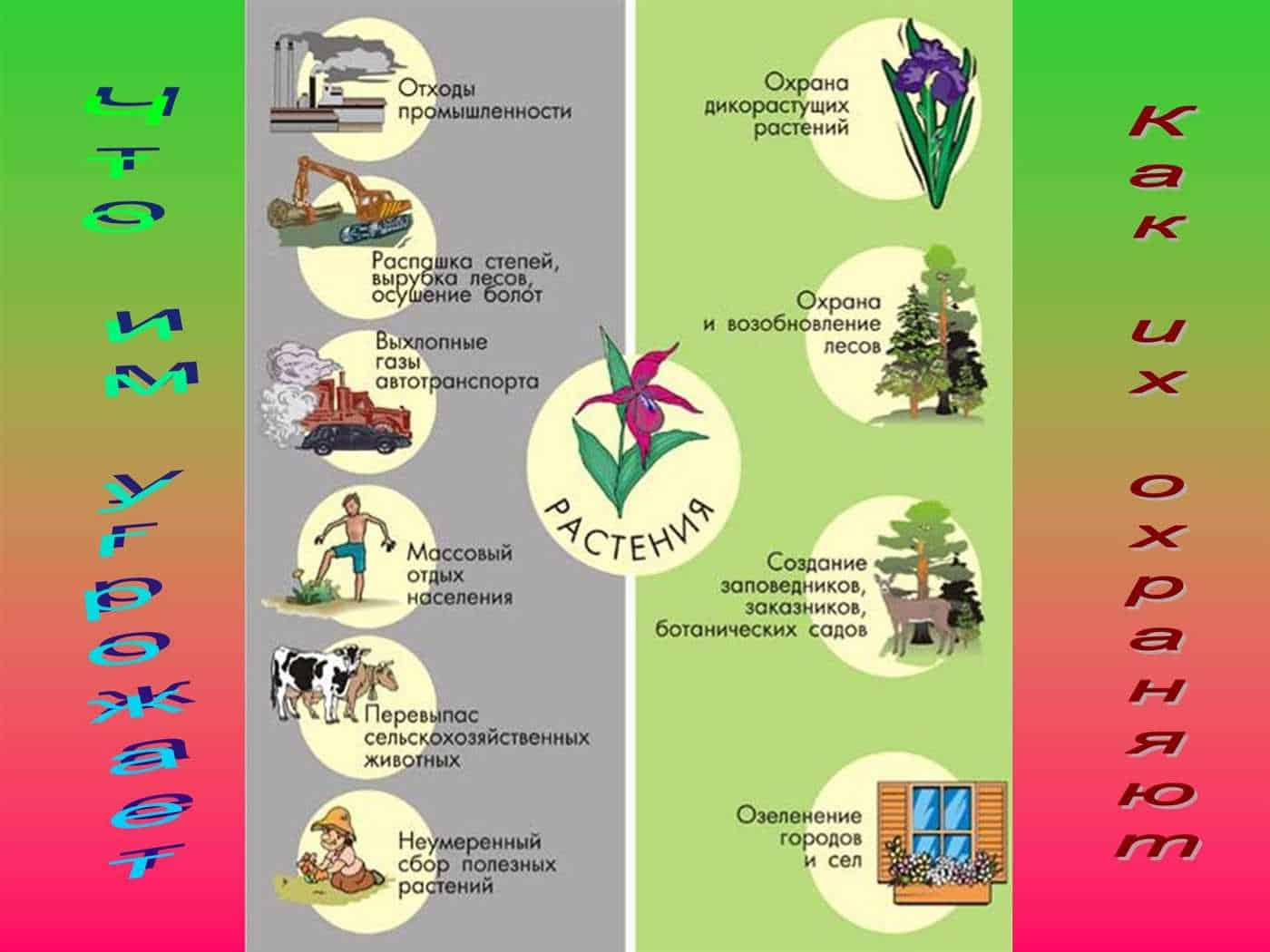
There are many nature reserves in Russia that are designed to protect nature and biodiversity. One of the most famous reserves is the Baikalsky Reserve, located on the shores of Lake Baikal. It is home to many species of rare animals and plants, including many species of butterflies.
Another famous reserve is the Kavkazsky Reserve, which is located on the territory of the Republic of Adygea, Krasnodar Krai and Karachay-Cherkessia. Here you can find many species of butterflies, including the beautiful Apollo and Admiral.
National parks
There are also national parks in Russia that also protect nature and biodiversity. The Sochi National Park is located in the Krasnodar Region and Adygea and is one of the largest national parks in Russia. Here you can find many species of butterflies, including rare and unique ones.
Another famous national park is the Baikal National Park. It is located in the Irkutsk Region and Buryatia and is one of the most famous natural attractions in Russia. It is home to many species of butterflies, including rare and unique ones.
Reserves

There are also reserves in Russia that protect and preserve the diversity of nature. One of these reserves is the Amur Tiger Reserve, which is located in the Primorsky Krai and Khabarovsk Krai. Many species of butterflies live here, including rare and unique ones.
Another famous reserve is the Kavkazsky Reserve, which is located on the territory of Krasnodar Krai and Karachay-Cherkessia. Here you can find many species of butterflies, including rare and unique ones.
Popular Protected Areas for Butterfly Watching
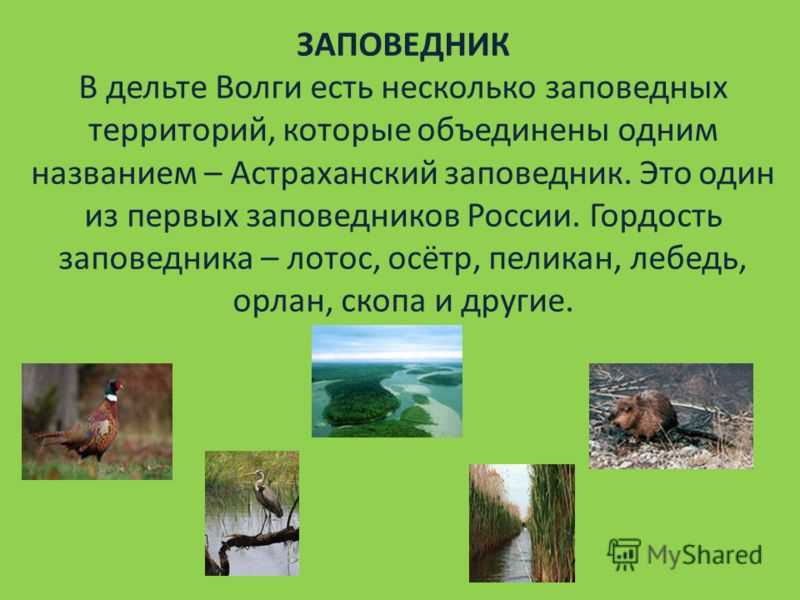
Protected areas are ideal places to observe butterflies and explore their diversity. There are several popular protected areas in Russia where many species of butterflies can be found.
Sochi National Park
One of the most famous national parks in Russia is located on the territory of Sochi. The park is famous for its flora and fauna, including a variety of butterflies. Here you can meet such species as Apollo, peacock-eye, satyr, hazel grouse and many others.
Rostovsky Nature Reserve
Rostov Nature Reserve, located in the Rostov Region, is known for its diversity of plants and animals. It is home to a large number of butterflies, including rare and protected species. Watching butterflies in this reserve is a unique opportunity to get acquainted with their diversity and learn more about their lives.
The Bolshoy Utrish Nature Reserve

The Bolshoy Utrish Nature Reserve, located on the Black Sea coast, is also a great place to watch butterflies. It is home to over 150 species of butterflies, including such interesting species as the yellow butterfly, the swallowtail, the blue butterfly, and others.
Visiting these protected areas helps to preserve the diversity of butterflies and their natural habitat. This is important for maintaining the ecological balance and biological diversity of our planet.
How to Help Conserve Butterfly Diversity

Butterflies are one of the most beautiful and amazing creatures of nature. They not only bring joy to their bright and delicate wings, but are also important indicators of the state of the environment. Preserving the diversity of butterflies is the task of each of us.
1. Create a Butterfly Friendly Environment
One of the most important ways to help conserve butterflies is to create a friendly environment for them. Different types of butterflies need different conditions for their survival. Plant plants that provide food for caterpillars and nectar for adult butterflies. Give preference to local plant species, as they are better adapted to your region.
2. Avoid using pesticides
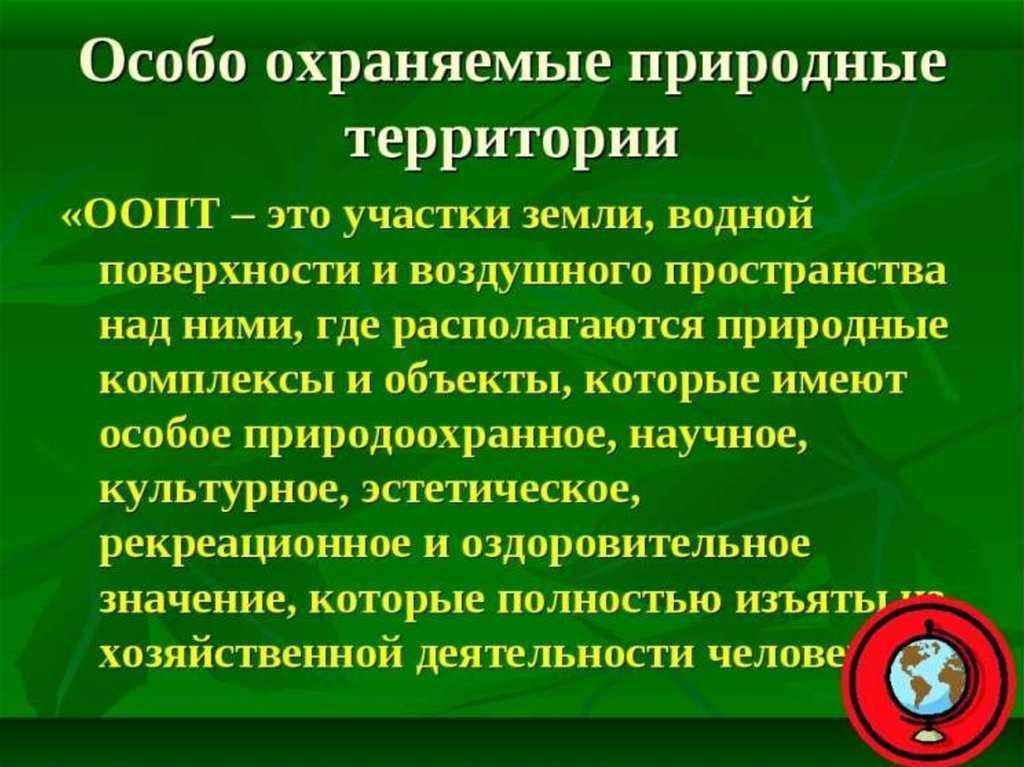
Pesticides are the enemy of butterflies and other beneficial insects. They can poison butterflies, destroy their larvae and reduce populations. Try to avoid using chemical plant protection products and opt for more environmentally friendly alternatives such as biological pesticides or mechanical pest control.
3. Participate in Protected Projects
There are many organizations and projects dedicated to the conservation of butterflies and their habitats. Join such projects, participate in observations and report on your observations. This will help scientists get more information about butterflies and take action to save them.
4. Get educated and spread the word
Education is a key factor in the conservation of butterfly diversity. Learn about species diversity, habitats and threats faced by butterflies. Share your knowledge with your friends, family and community. The more people know about butterflies and their role in the ecosystem, the more likely they are to be conserved.
All these measures will help us preserve the diversity of butterflies and preserve this colorful and beautiful corner of nature for future generations.
Butterfly Conservation Volunteer Programs

Butterfly volunteer programs are an excellent opportunity for people who are interested in these beautiful insects to take an active part in their conservation. Such programs allow volunteers to spend time in nature, study the diversity of butterflies and their habitats, and contribute to the conservation of their numbers and diversity.
Participation in volunteer butterfly conservation programs can be varied. Some programs invite participants to collect data on butterfly species and distribution, which helps scientists and organizations develop effective conservation strategies. Other programs encourage participants to create and maintain protected areas that provide living space for butterflies and their caterpillars.
Volunteer butterfly conservation programs can also include training and sharing experiences. Participants can gain knowledge about the biology and ecology of butterflies, about methods of research and conservation, as well as meet other people who share their interests. This helps create a community of like-minded people who work together to conserve butterflies and their habitats.
Examples of Volunteer Butterfly Conservation Programs

- Butterflies in the Garden Program: This program invites volunteers to observe butterflies in gardens and parks, register species and numbers of individuals encountered, and create and maintain sites with plants that attract butterflies.
- Migration Protection Program: Participants in this program are engaged in observing and researching butterfly migrations, helping to protect migration routes and provide a safe environment for them.
- The "Butterflies in the City" program: Volunteers in this program work to create and maintain urban butterfly oases using gardens, parks and other public spaces.
Participation in volunteer programs for the protection of butterflies not only allows you to help these beautiful insects, but also to become part of the global movement for the conservation of biological diversity. Every volunteer contribution is important and can make a significant difference in the conservation of butterflies and their habitats.

